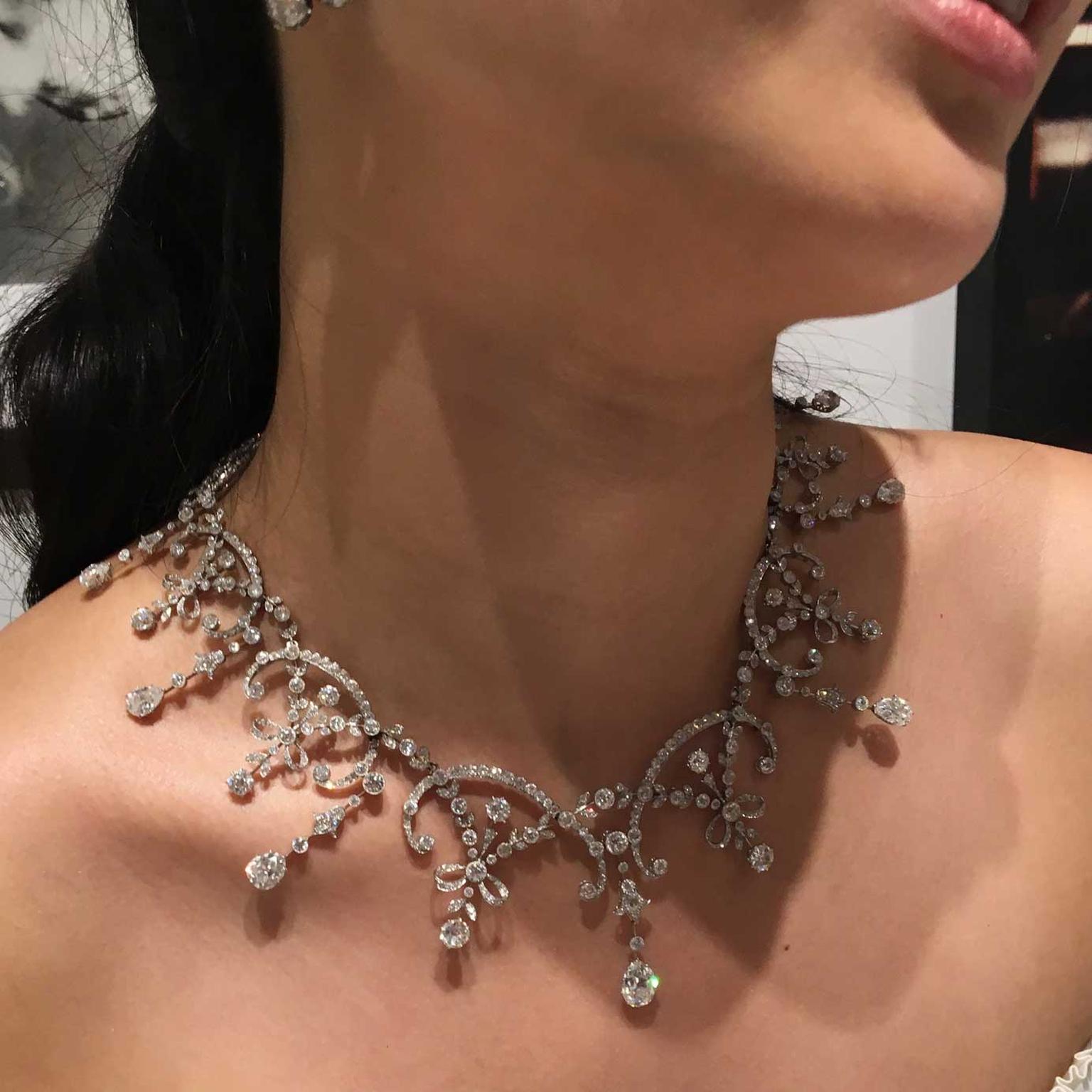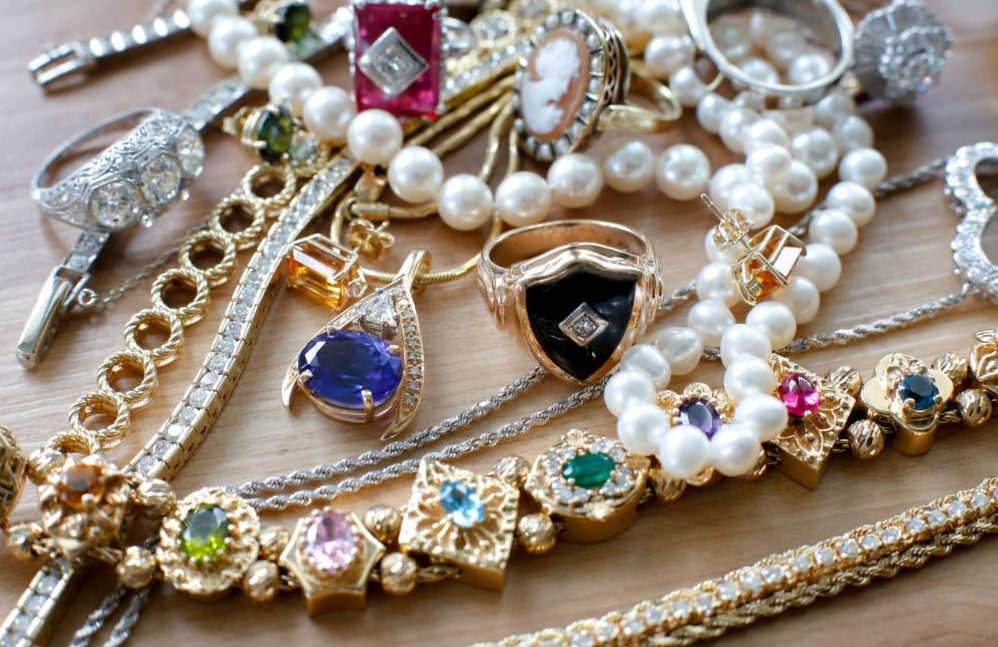Own vintage-inspired antique jewelry austin that stands out.
The Fascinating Globe of Antique Fashion Jewelry: Exploring Its Many Groups and Functions
Vintage fashion jewelry represents an exciting junction of artistry and background, encapsulating the essence of various ages via its complex layouts and materials. Each category, from the charming Victorian items to the cutting-edge Art Deco creations, exposes not just visual choices but also social stories of the moments. Understanding the differentiating features of these pieces, together with their notable products and gemstones, opens up a window right into the past that is both informing and interesting. antique jewelry austin. As we explore these aspects better, one might question what concealed tales exist within the elegant workmanship of each antique gem.
Historic Ages of Antique Precious Jewelry
Vintage precious jewelry is delicately linked to the historic durations in which it was developed, mirroring the imaginative fads, social values, and technological innovations of those times. The evolution of precious jewelry design can be traced with different famous periods, each noted by distinctive designs and products.
The Georgian age (1714-1837) is defined by detailed layouts and using all-natural concepts, often including gemstones such as garnets and rubies. antique rings austin. Following this, the Victorian period (1837-1901) saw the intro of emotional jewelry, with layouts that usually communicated personal significances, such as lockets and mourning items
The Edwardian period (1901-1910) welcomed beauty, making use of platinum and fragile lacework job, while Art Nouveau (1890-1910) concentrated on natural kinds and using enamel, reflecting the influence of nature.
The Art Deco period (1920s-1930s) introduced geometric shapes and strong shades, showcasing advancements in craftsmanship and products. Each of these ages not just highlights the imaginative development of its time however likewise works as a reflection of the social and cultural changes that affected the world of precious jewelry. Comprehending these historic contexts enriches the recognition of antique jewelry today.
Secret Qualities to Identify
When assessing antique jewelry, numerous crucial characteristics can help identify its age and credibility. The products made use of are crucial; pieces from different periods often include certain steels and gems. Victorian precious jewelry regularly integrates gold, while Art Deco pieces might make use of platinum and vibrant colored stones.
Next, craftsmanship is a significant indicator. Handmade items, common in earlier durations, display distinct imperfections and information that mass-produced items do not have. antique jewelry stores austin tx. Evaluating the setup and stone positioning can disclose indications of handwork, such as irregular prongs or differing rock forms
Furthermore, hallmarks and stamps play a vital role in verification. Several antique items bear marks indicating the steel's pureness and the manufacturer's beginning, which can give useful insights right into the precious jewelry's background.
Last but not least, style themes typically mirror the age's visual trends. Art Nouveau is defined by flowing lines and all-natural kinds, while Retro fashion jewelry welcomes bold, geometric forms. By assessing these crucial qualities-- products, workmanship, hallmarks, and style themes-- collectors click this and fanatics can better identify the credibility and historical value of antique fashion jewelry pieces.
Popular Vintage Jewelry Groups
Numerous classifications of antique jewelry showcase the abundant history and varied styles that have actually advanced in time. Among the most preferred classifications are Victorian, Art Nouveau, Edwardian, and Art Deco, each reflecting the aesthetic fads and cultural impacts of their respective periods.
Victorian precious jewelry, spanning from 1837 to 1901, is identified by luxuriant designs and emotional concepts, commonly including significance and complex workmanship. Art Nouveau, which flourished between 1890 and 1910, highlights organic forms, flowing lines, and nature-inspired motifs, frequently featuring enameling and innovative techniques.

Furthermore, there specify groups like Georgian and Retro fashion jewelry, each with special qualities and historical significance. Enthusiasts and lovers value these classifications not only for their charm however additionally for the stories they tell concerning the eras in which they were produced.

Notable Materials and Gemstones
Exploring noteworthy materials and gems used in antique precious jewelry exposes the elaborate craftsmanship and visual values of various ages. Antique precious jewelry showcases a next page diverse selection of products, each offering unique features and importance. Gold and silver, common for their malleability and appeal, have been preferred for centuries, typically embellished with complex engravings or lattice work.
Gems additionally play a critical role in specifying the allure of antique items. Rubies, respected for their radiance, were typically set in Victorian precious jewelry, highlighting both opulence and standing. On the other hand, tinted gemstones such as sapphires, emerald greens, and rubies became signs of love and were frequently included into complex designs throughout the Art Deco period.
Additionally, less traditional materials like enamel and pearls arised, adding deepness and texture to many styles. Enamel techniques, especially in the Renaissance, showcased lively shades and detailed scenes, while pearls, coveted for their natural charm, were regularly made use of in both lockets and index earrings.
The variety of materials and gemstones in antique fashion jewelry not only shows the creative fads of the moment yet also provides insight into the social and cultural values of the eras in which these pieces were created.
Caring for Antique Parts
Appropriate treatment for antique precious jewelry is important to preserve its charm and stability in time. Each piece tells a story, typically showing the workmanship of a certain age, and therefore needs specialized attention.
To start, it is important to store antique precious jewelry in a controlled setting, away from direct sunshine and moisture. Regular cleaning is crucial, however must be come close to with care; stay clear of harsh chemicals and rough products.

Professional evaluations and upkeep can likewise be valuable. A qualified jewelry expert can assess for loose stones, compromised settings, or various other concerns, ensuring the longevity of these cherished products. By adhering to these care standards, antique fashion jewelry can stay not only a valued treasure however likewise a stunning representation of art and background.
Conclusion
The expedition of antique precious jewelry discloses a varied landscape formed by historical periods, creative movements, and distinct workmanship. Correct care guarantees the long life of these artefacts, allowing future generations to experience the beauty and relevance of antique jewelry.